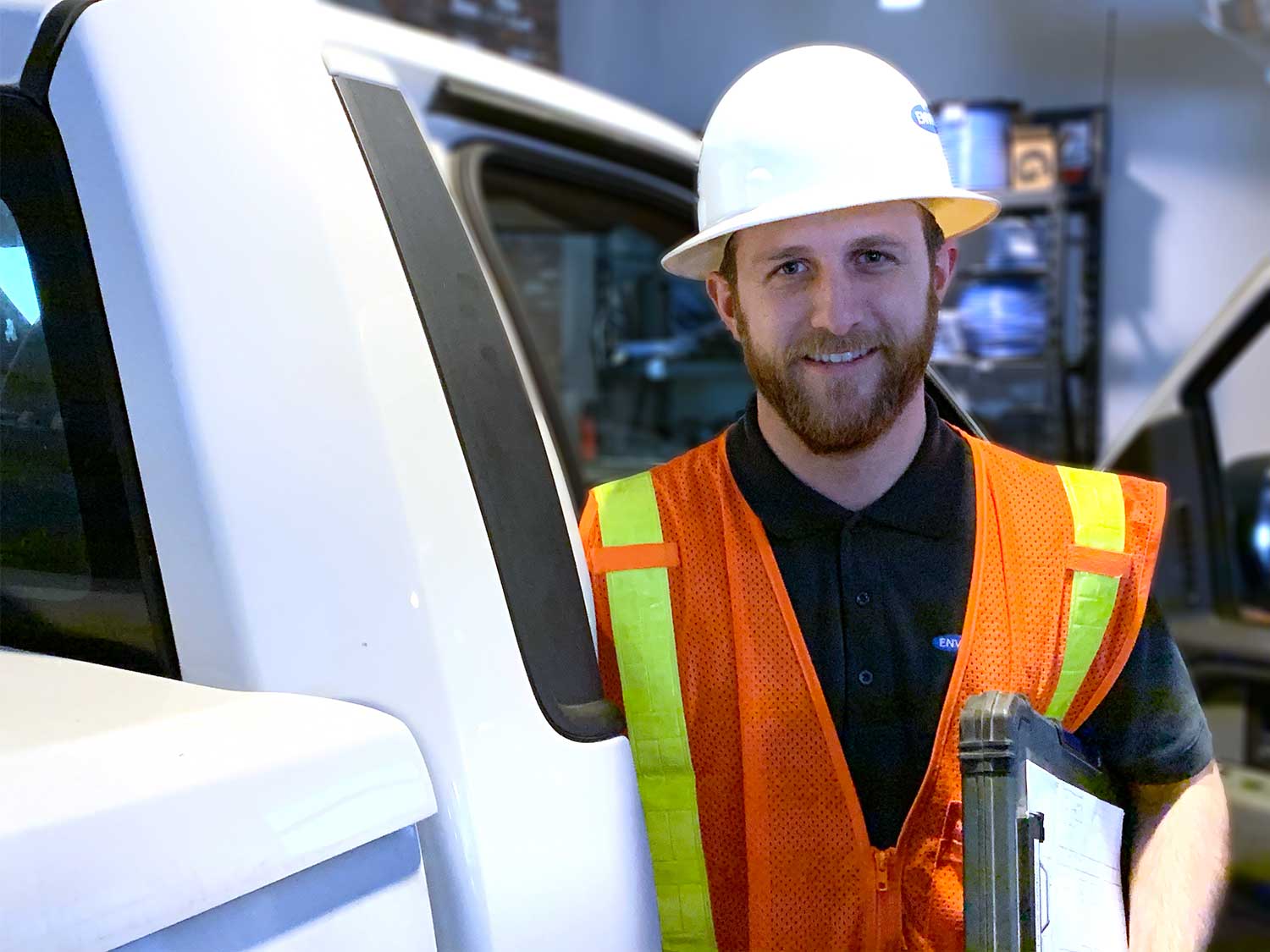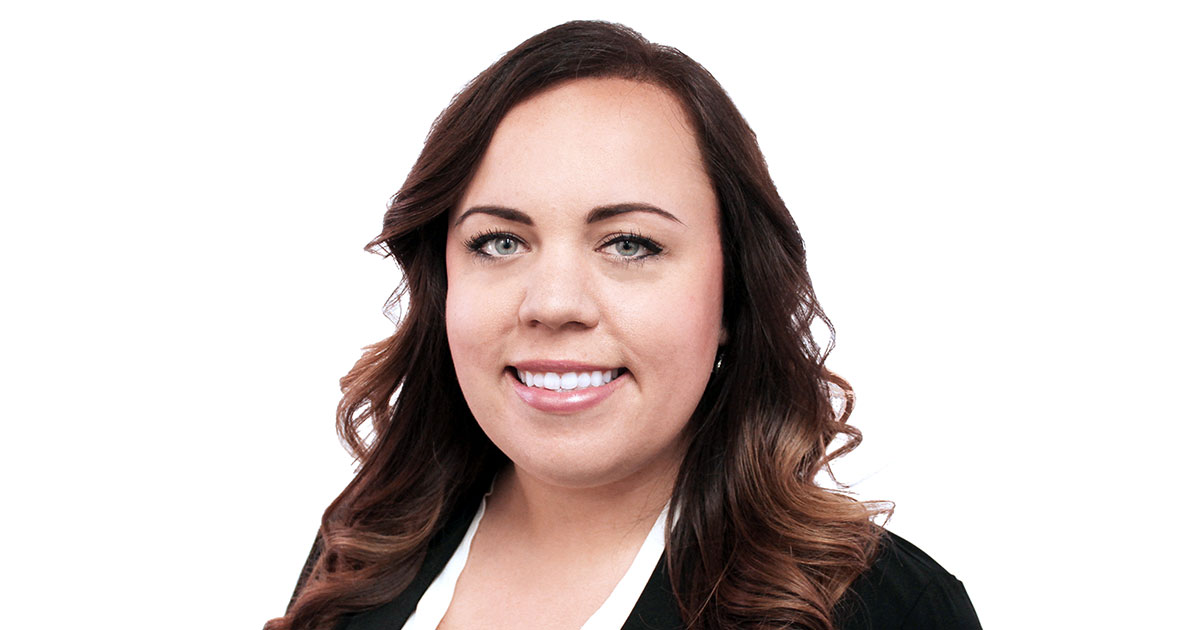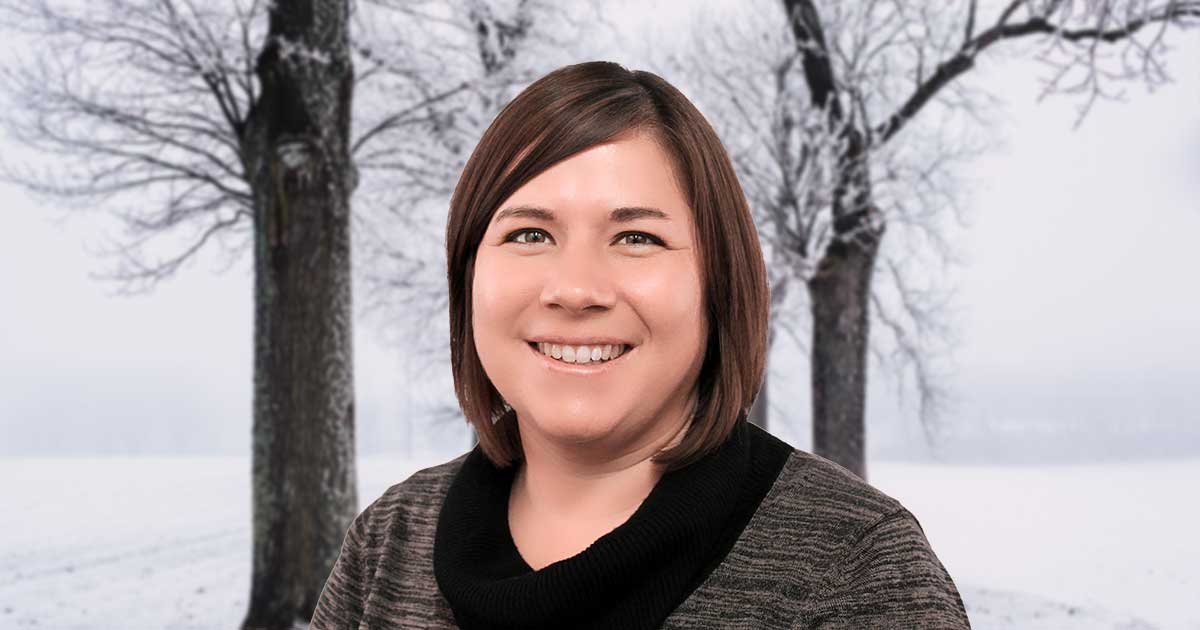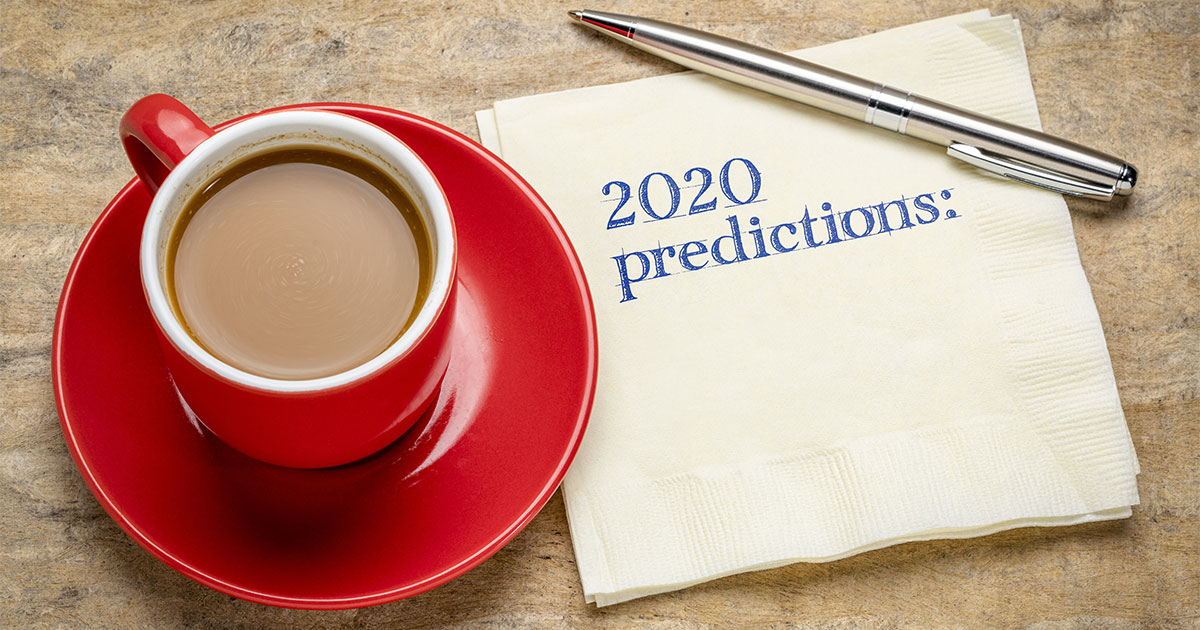
Disclaimer: These responses were written in January 2020 prior to COVID-19 in the United States
Drycleaning business owners are accustomed to the ever-evolving industry standards and practices – making change a way of life for drycleaners of all sizes. They are constantly applying new ways to run their businesses more efficiently and keep their loyal customers coming back. Drycleaners are learning new ways to clean stains and new fabrics, grow their business, manage marketing programs, train their staff and explore new technologies such as point-of-sale systems.
While it’s impossible to see the future, we can make educated guesses about it. In this article, we asked seven industry leaders from across the country to share where they see the drycleaning industry going in the next 10 years. Here are their predictions.
Mary Scalco – CEO, Drycleaning & Laundry Institute
“In 2030, I believe we’ll be seeing fewer drycleaning facilities. I think we will go ‘back to the future’ with larger central facilities being fed by more and more drop-off retail locations, pick-up and delivery routes, lockers, and other convenient ways to transfer the items back and forth.
I think drycleaners will continue to offer a wider variety of services in addition to drycleaning such as wash-dry-fold, commercial linen cleaning, and other diverse services. As cleaners increase the percentage of customers wardrobes that they receive for cleaning they will also see an increase of household textiles as drycleaners care for more linens, draperies, carpets, and other household items.
They will offer their services in ever more convenient ways with longer business hours, routes, drop-off facilities, and on-demand pick-up.
Point of sale systems and apps will track when garments are cleaned and send reminders to consumers much like the oil change sticker on your car. Robotics will be introduced in some capacity. Consumers, who will be more and more environmentally conscience, will continue to drive how cleaners process and package their items.”
Mark Pollock, C.P.D. – Director of Operations, Signature Cleaners and Member, Drycleaning & Laundry Institute Board
“Going forward I see significant changes to the Fabricare industry. More central plants servicing more satellite locations. Automation continuing to lessen the reliance on a shrinking labor pool. The need to provide added related services giving customers more reasons to patronize your company.”
Chuck Hempstead – Executive Director, Southwest Drycleaners Association
“It looks to me that by the end of this new decade the growing drycleaning operations will be the ones that diversify their operations – be that routes, cleaning non-traditional items like footwear, wash and fold, and simplifying the customer experience. Differentiating from one’s competitors will include emphasizing quality and mastering marketing. Also, we’ll continue to see consolidation as economy of scale is applicable to all industries.
Association membership will grow in importance to the successful companies in order for them to remain competitive. Change and opportunity occur too fast for any of us to go it alone.”
Wisconsin Fabricare Institute
“The Drycleaning Industry has seen its ups and downs over the last 40 years. I feel in the next 10 years, the Drycleaning Industry will be thriving. There will always be a need to have your fine garments dry cleaned. With all the help from outside sources, dry cleaners are doing their best in being more environmentally friendly in their cleaning process and in their packaging process. We have continuing education at our hands-on how to succeed and to keep our industry from failing.”
Tim Burke – Editor, American Drycleaner
“Many garment care owners tell me they are adding services to their operations to offer more to their clients. The most progressive minded say they will continue to keep up with their clients’ need for convenience, such as with technology. And they tell me they strive to make their operations look modern, and to always help their clients look their best. That won’t change. It’s what they do.”
Darcy Moen – Drycleaning Industry Consultant and Columnist for Cleaner & Launderer magazine
“As the baby boom demographic bulge moves through the owners of drycleaning businesses we will see a decline in the number of dry cleaners as owners retire. Many of the children of owners have moved into other careers and won’t be following in the footsteps of their parents. But as one generation moves on, I see newcomers with fresh eyes stepping in creating new ways of doing business. As the gig economy influences drycleaning and laundry services I expect to see a dramatic surge of new ‘on demand’ types of drycleaning and laundry growing.
Mass supply of lower cost of clothing has led to closets stuffed with more and more designer goods. Despite advances in laundry detergents and appliances, nobody has any more free time for cleaning and pressing clothes than they did ten years ago. In fact, with most people experiencing increased demands on their time from careers, family, and social commitments, there are fewer hours for personal fashion care than ever before. I can see huge pent up demand for cleaning services from masses of people with masses of clothes wanting affordable, quick and reliable fashion care maintenance for those mountains of clothes. The question is, who is going to do all that work? Most likely it will be done by a cleaner/launderer who can deliver a low cost and profitable service through a plant designed with efficient capacity to deliver cleaning. And by cleaning, I don’t mean a conventional drycleaning service but a hybrid of drycleaning and laundry services. I can foresee a new type of cleaner, one that focuses on delivering a crisp, clean, like new appearance but at a cost that is relative to the cost of quick fashion of today. Customers don’t care how we as an industry deliver service, just as long as their clothes are clean, pressed, looking like new and ready to wear at an affordable price with quick turn-around. The challenge of the next decade will lie in transforming plants of today into a new type of cleaning facility that can service a broader range of clothing at a price that is as affordable as doing your laundry at home while generating a profit. It’s up to us to rise to the challenge and find the solution of the magic bullet plant for the new markets that are emerging.”
Jeff Carnahan – President, EnviroForensics & PolicyFind
“In the twenty-plus years that we have been serving the drycleaning community, we have certainly seen changes in the market. Less small players, more consolidation, franchises, etc. What hasn’t changed is their hard work ethic, commitment to customer service, or comradery among peers. Regardless of how the drycleaning industry morphs in the coming years, I can’t see any of these going away. EnviroForensics and PolicyFind are proud of our association with dry cleaners and we’re honored to continue our commitment to them into the future.”
This decade will be trying for some and filled with opportunities for others. As with trends of any nature, some come and go, whereas others stay the course and become fundamentals. No matter a dry cleaner’s unique situation, they can rest assured that the entire drycleaning community is behind them and wants to see the best outcome for them.
For more drycleaner articles, visit our blog.
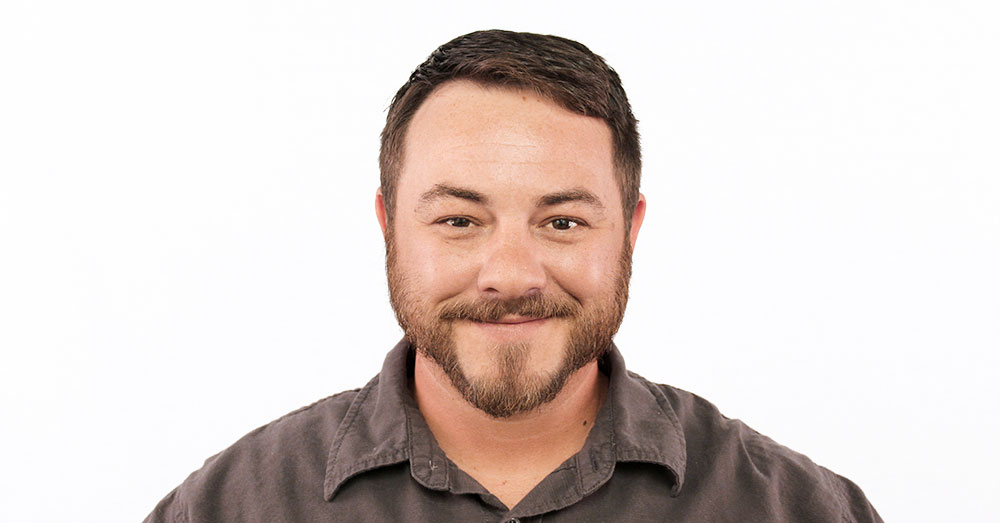
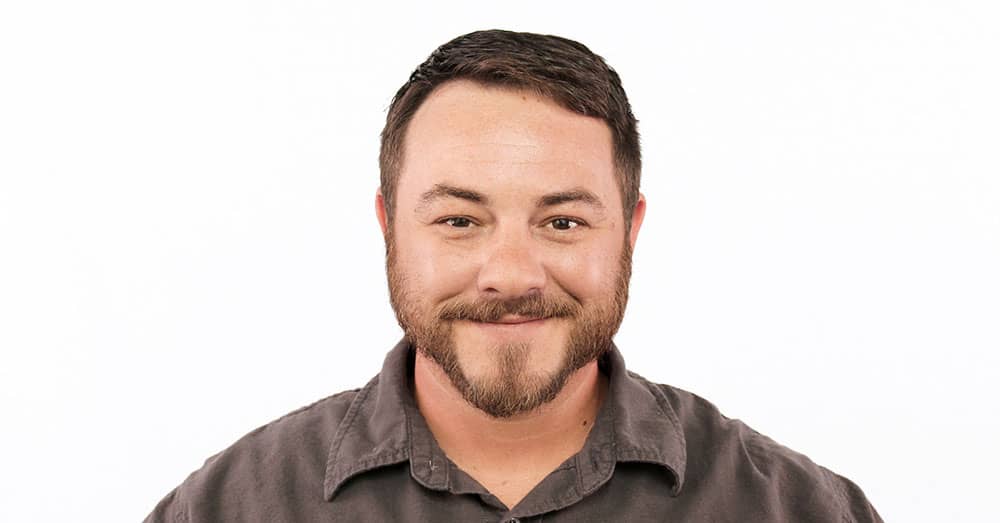
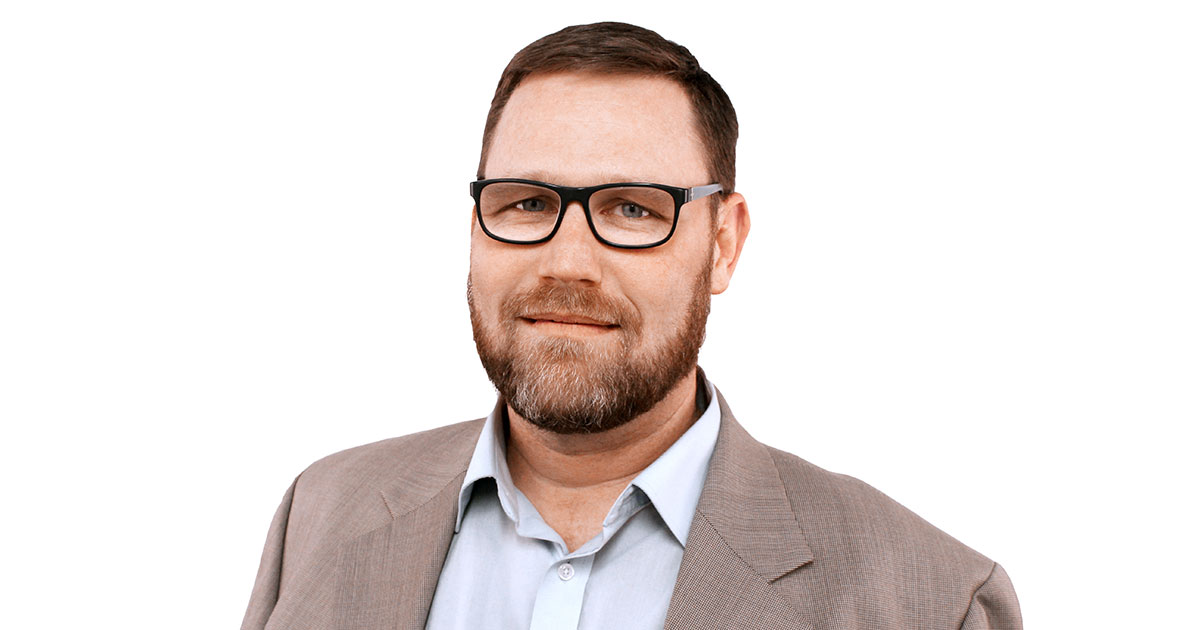

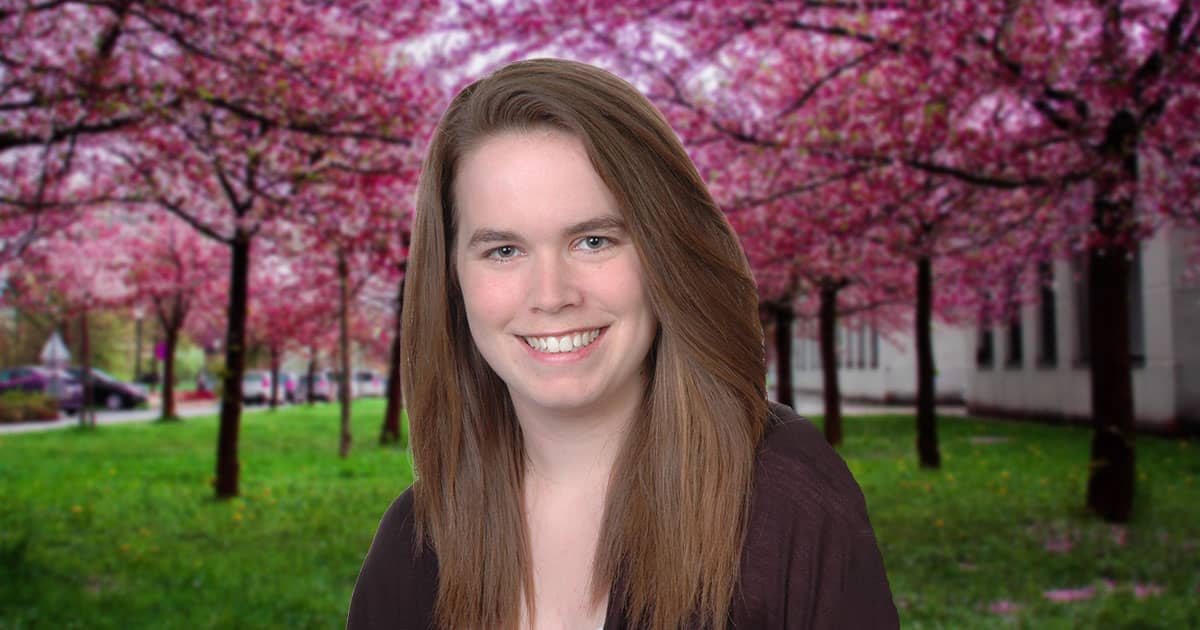
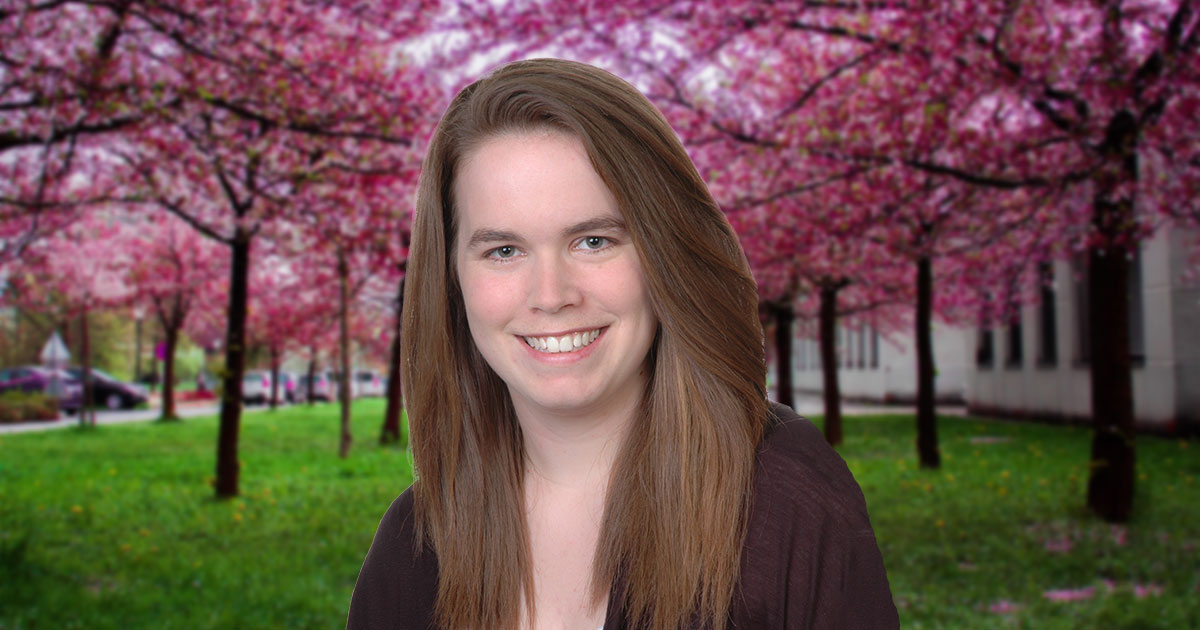
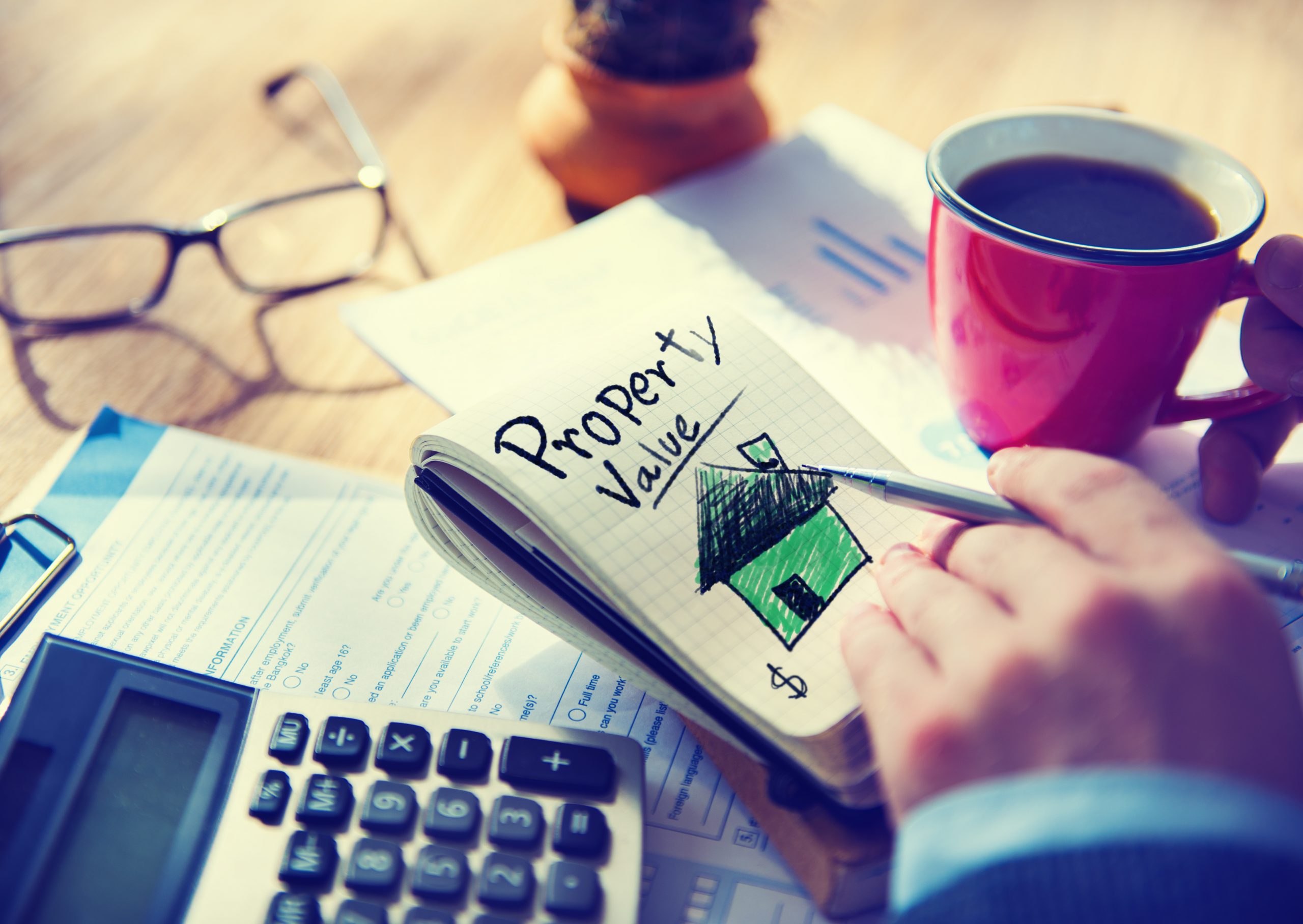


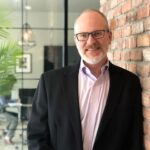 Jeff Carnahan, President at EnviroForensics
Jeff Carnahan, President at EnviroForensics
